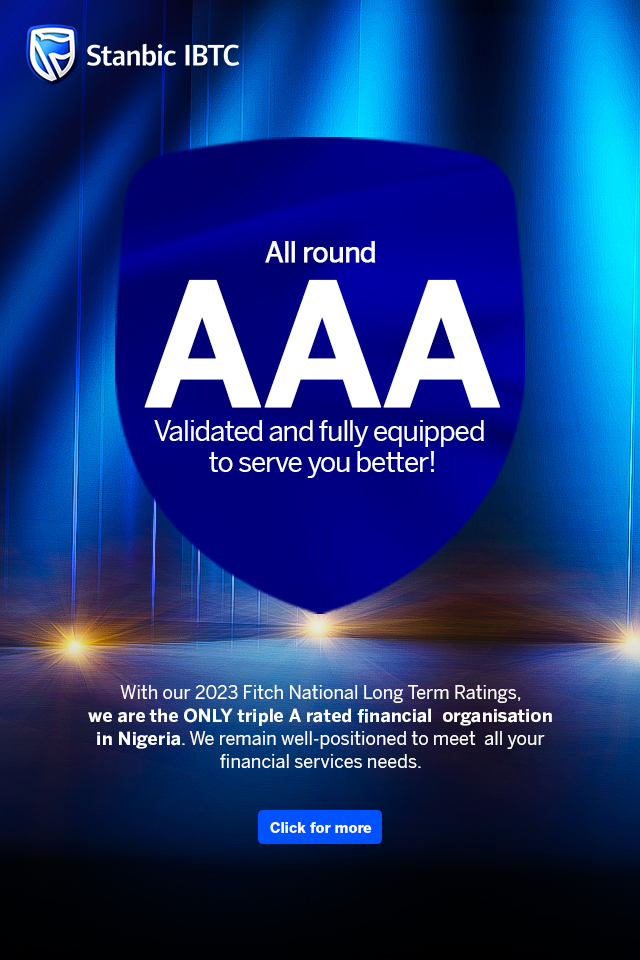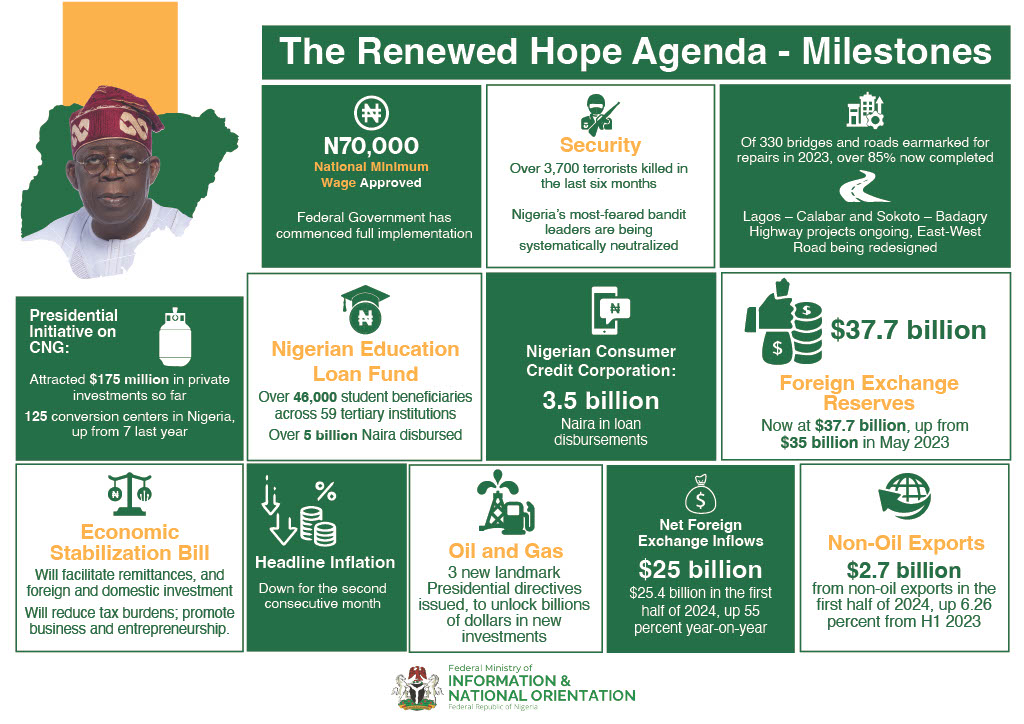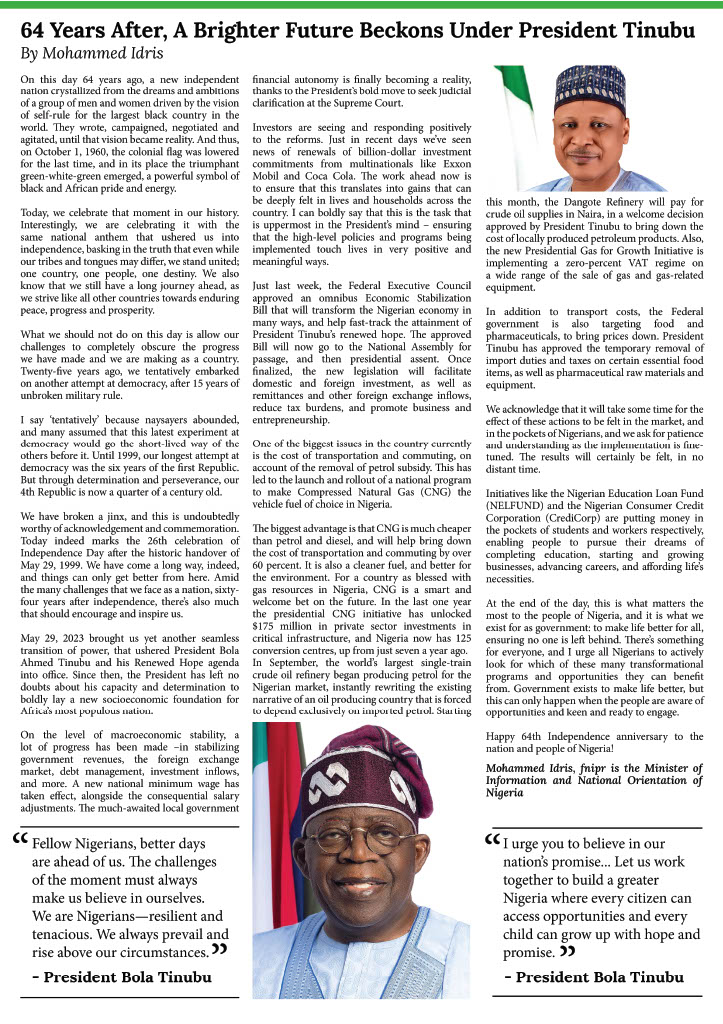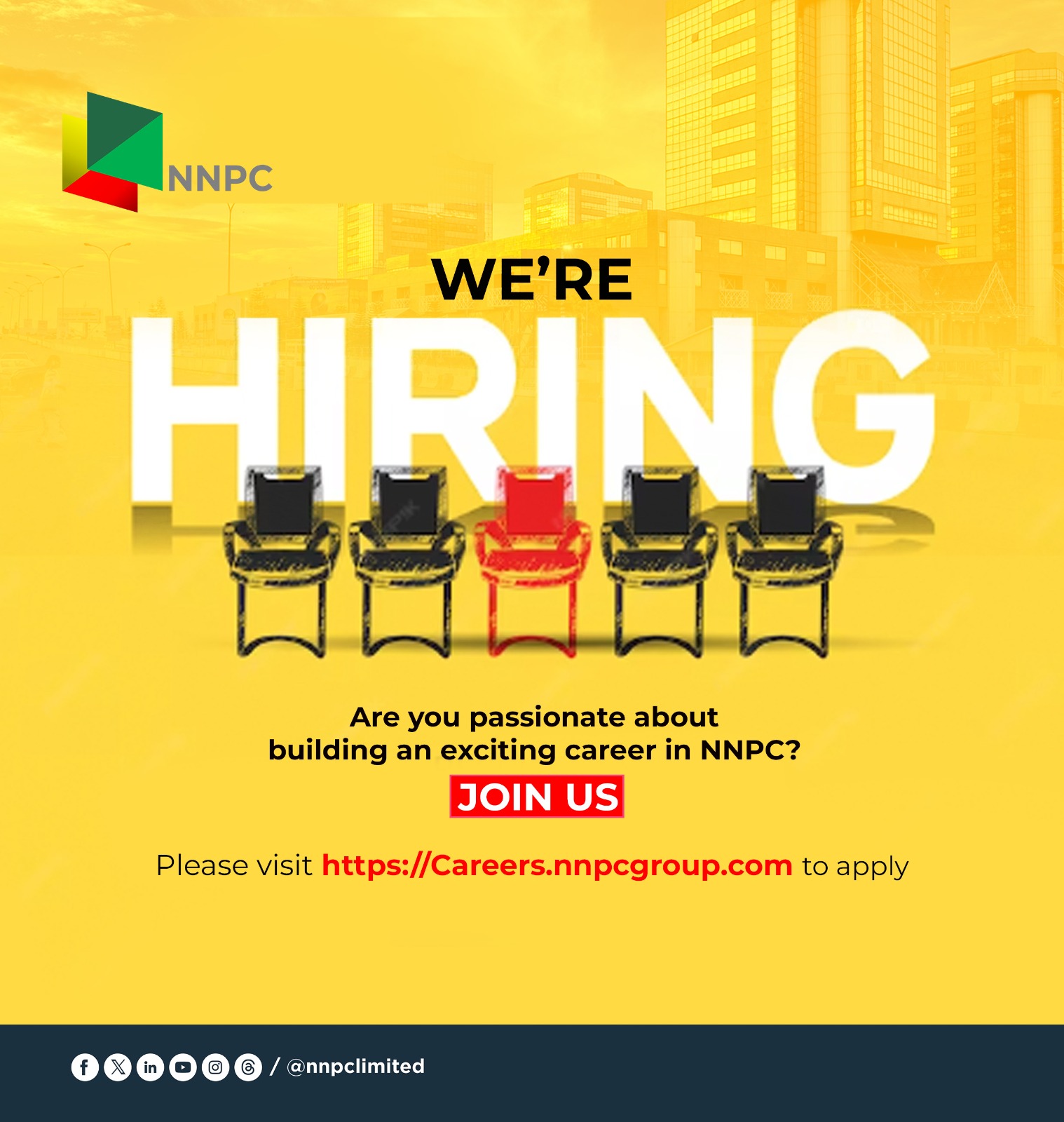The MPC concluded its third seating for the year with all policy rates left unchanged save the Cash Reserve Requirement (CRR) which was harmonized to 31.0%. This was in contrast to the previous 20.0% on private sector deposit and 75.0% public sector deposit (35.0% effective rate as at February 2015). We expect the equities market to react positively to this, given its implied impact on interest income of banking tickers going forward.
The National Bureau of Statistics (NBS) released the Consumer Price Index (CPI) report for April recently. Headline Inflation for April – measured Year-on-Year (Y-o-Y) – was estimated at 8.7%, 20bps higher than 8.5% reported in the Month of March. This is the fifth consecutive increase in the headline inflation rate. At 8.7%, this is the highest headline inflation rate recorded since July 2013.
According to the NBS report, the acceleration of Inflation rate in April was due to uptrend in Individual consumption expenditure of households (classified as COICOP Divisions contribution to the headline index) together with faster pace of increases in food and core sub-indices. The food index (farm produce and processed food) rose 10bps Y-o-Y to 9.5% from 9.4% in March and core index (All items less farm produce) grew 20bps Y-o-Y to 7.7% from 7.5%.
However, Month-on-Month (M-o-M) headline inflation slightly decelerated to 0.8%, 10bps less than 0.9% recorded in March.
Food Inflation Rises to 9.5% Y-o-Y after Two Months of Stability
The Food sub-index of CPI in March grew marginally to 9.5%, slightly higher than 9.4% Y-o-Y growth recorded in March. This was attributable to a faster pace of increase in most of the groups which make up the index, nonetheless moderated by the slower increase in the Meats, Fish and Diary groups. The highest price increases were recorded in Potatoes, Yam & Other tubers, Oils & Fats, and Bread and Cereals Groups.
The 10 bps rise in the Food Index was expected given higher import cost linked to the currency depreciation and challenges with fuel supply which translated into higher transportation costs of delivering goods to their respective markets. Our position above is evidenced in the 9.2% and 7.8% Y-o-Y growths in the Food Imports and Transport indices observed in April.
Core Inflation Sustains Uptrend. Rises to 11-month High
All items less Farm Produce, which represents Core Inflation for the month of April, continued in its increasing trend to 7.7% Y-o-Y. This increase was 20 bps higher than what was recorded in March. This however marked the fourth consecutive rate of increase in the sub-index since the year began and the highest rate since May 2014.
However, on a Month-on- Month basis, the pace of increase was 0.2% slower as it settled at 0.6% in April. Also notable was the faster pace of increase in the prices of most items that make up the Core sub-index. Following petroleum product scarcity witnessed since March 2015, the largest increases in this sub-index were recorded in the Fuels and Lubricants for Personal Transport Equipment, Liquid Fuels and Passenger Transport by Road Groups.
The average rate of growth in the index for the 12-month period settled at 6.9%, same with the 12-month rate of rise as at December 2014.
Implications and Expectations
The sustained acceleration in consumer prices over the past five months broadly reflects the pass-through of the Naira depreciation in recent months on input cost and import prices. Although, pass-through of Naira depreciation remained subdued – headline Index has only grown 3.2% (April: 169.7 vs December 2014: 164.4) YTD – relative to Naira depreciation of 11.3% since the first currency devaluation in November 2014. We believe that recent development in the domestic monetary space may further pressure price level.
The main monetary aggregate — Broad Money Supply (M2) — rose 13.7% YTD in March 2014 to N19.1trillion, up significantly by 15.7% from February. This may constitute additional headwind on consumer prices within the near term, given the perceived positive relationship between money supply and inflation in Nigeria.
Nevertheless, this may count for less in the Monetary Policy Committee’s (MPC) deliberation as it convenes between 18th and 19th of May 2015 notwithstanding the CBN’s developmental banking agenda. The low level of external reserves (US$29.7bn) and high level of demand for FOREX at the foreign exchange market will most likely take precedence in the MPC’s considerations. Committee members will be faced with a decision on whether to float the Naira, impose a further devaluation or continue on its strategy of freezing liquidity in the Forex market to maintain currency
stability.
In the interim, we expect price level to continue to rise while monetary policy responses will likely focus on preserving the reserves and maintaining exchange rate stability. We do not expect a negative response in the Fixed Income Market as average real return– 3.8%, is higher than the 3.3% real return earned in April 2014.
Yields remain attractively priced especially at the longer end while political risk justifying the erstwhile higher yields has since dissipated as market liquidity remains robust. Hence, we expect rates to remain broadly stable.
Source: Afrinvest Research
Image credit: UBC









